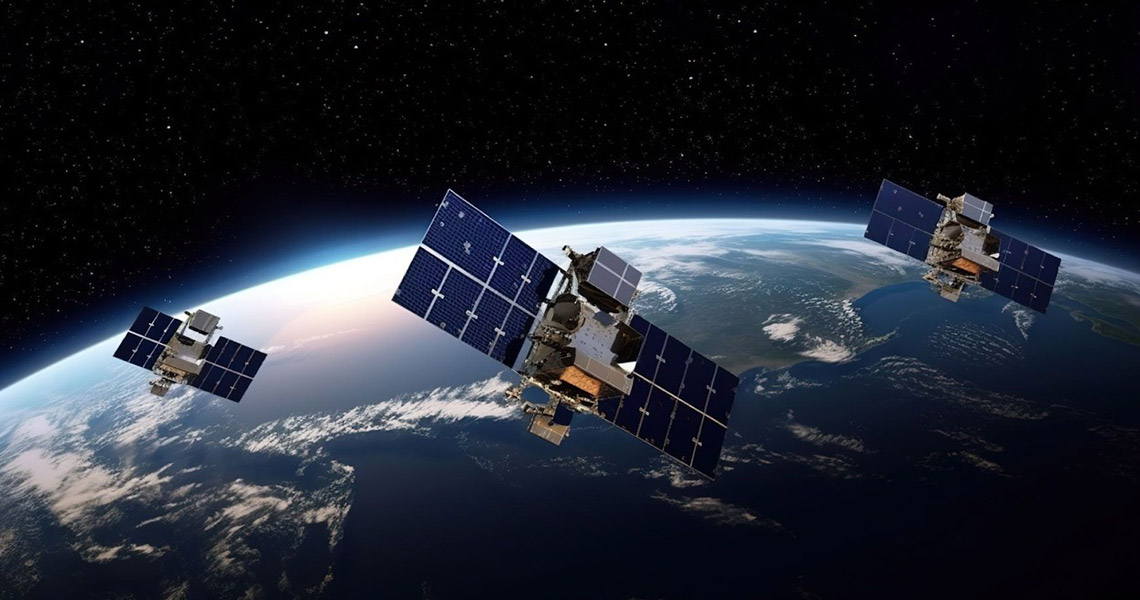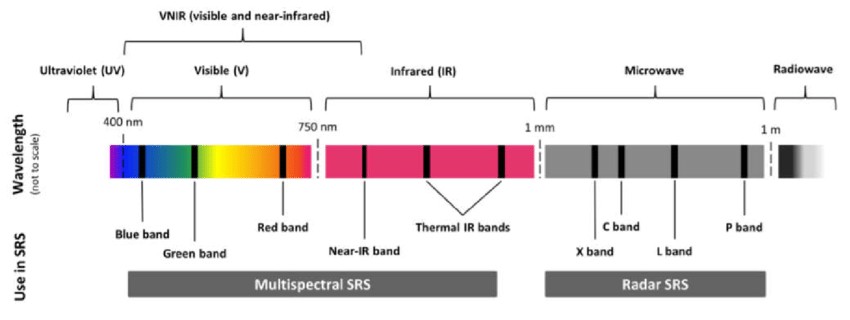
In 2018, when we launched our first fund, growX Ventures Fund I, India’s SpaceTech ecosystem was still in its infancy. Policy was evolving, late-stage capital was scarce, and DeepTech wasn’t a widely accepted venture thesis. Even so, two of our first six investments — Pixxel and Bellatrix — were building in SpaceTech.
Both companies raised the bar for what early-stage Indian DeepTech could look like: bold ideas, world-class teams, and real technical depth. They helped position growX Ventures Fund I among India’s earliest and most active DeepTech investors.
Today, we invest from Merak Ventures, our second fund. The SpaceTech landscape has changed — dozens of new startups, growing interest from ISRO and IN-SPACe, and more attention from downstream buyers. But the core challenge remains: very few teams make it past early-stage prototyping to building scalable, commercially viable space businesses.
We’ve become more selective, not less. So when SatLeo Labs reached out, it was an unlikely deal for us to evaluate. We already had exposure to Earth Observation through Pixxel. There was little reason for us to revisit that segment.
But the conversation held. The team was clear, technically strong, commercially experienced, and unusually self-aware. A 30-minute call became a 2-hour discussion. By the end of that call, we already knew they belonged in our IC pipeline, and they got there in record time.
Here’s what shaped our conviction.
What they’re building
SatLeo is developing a constellation of small satellites with a dual payload architecture: thermal and optical sensors integrated on the same satellite. Their thermal sensors capture across both MWIR and LWIR bands, something most players don’t offer together. This allows for higher-resolution, more actionable insights, especially in areas like wildfire detection, industrial monitoring, and infrastructure planning.
Their optical sensors are in-house. This isn’t just a cost play; it gives them tighter integration and less reliance on external providers, especially for time-sensitive use cases.
This is a team building a differentiated EO stack, with a clear view of who they’re building it for.
Why we invested
We don’t see SatLeo as a duplication of our previous bets. Earth Observation doesn’t operate on a single-sensor model. Different wavelengths reveal different things — thermal, optical, radar, hyperspectral — and each has its own commercial relevance. What Pixxel is solving for isn’t what SatLeo is targeting.
The team also brings something rare: depth across both upstream and downstream. They’ve built satellites, sold EO products, and worked closely with customers in sectors like defence, energy, and agriculture. They know where things tend to break and they’re engineering around it.
The roadmap is practical. The timelines are thought through. The assumptions are tested. That made the decision easier.

The bigger picture
As climate volatility increases, infrastructure ages, and AI-powered analytics become more mainstream, the demand for real-time, high-fidelity Earth data is only going up. Earth Observation is moving beyond specialist use cases and starting to take on a foundational role. But the quality of inputs still varies widely. Most teams over-index on tech and under-build for delivery.
SatLeo’s approach addresses these gaps and we’re backing them with conviction.